STO - Although the selling price is still not as expected, shrimp exports are showing signs of recovery compared to the first months of the year. Therefore, the current problem is not only how to stabilize the psychology of farmers, but also need to have farming solutions that adapt well to unfavorable weather and market conditions to help farmers feel secure to continue farming, avoiding the situation of hanging ponds like the recent past.
According to the report of the Department of Fisheries ( Ministry of Agriculture and Rural Development ), in the first 6 months of 2023, despite many difficulties, the area and output of brackish water shrimp still increased compared to the same period. Specifically, the brackish water shrimp farming area reached about 656,000 hectares, an increase of 6.4% and the output reached about 467,000 tons, an increase of 4.1% over the same period. However, due to decreased market demand due to the impact of inflation, the export turnover of brackish water shrimp in the first 6 months of 2023 only reached 1.56 billion USD, down 31% over the same period. This has caused the selling price of raw shrimp to continuously decrease since April until now, many shrimp farming households have suffered losses and had to reduce the scale or temporarily stop shrimp farming. According to export enterprises, the market has shown signs of recovery, the shrimp supply contracts that enterprises have signed from now until the end of the year are also more abundant, although the selling price has not improved much, so the risk of raw shrimp shortage for processing and export when the market gradually recovers in late 2023 and early 2024 is still possible.
Regularly check the health of farmed shrimp to promptly and effectively handle any arising cases, ensuring a successful farming season. Photo: TICH CHU
To ensure raw materials for processing and export from now until the end of the year, the Department of Fisheries recommends that localities strengthen recommendations for people to stabilize their mentality, avoid massive harvesting of farmed shrimp, maintain stable farming with lower stocking density, extend the farming period to increase the size of harvested shrimp, ensure quality, food safety, increase selling price, thereby increasing profits for the farming season. Particularly, provinces in the Mekong Delta need to maintain and promote the advantages of black tiger shrimp products through farming models: ecological shrimp farming, rice-shrimp farming, forest shrimp farming, improved extensive shrimp farming... combined with measures to increase productivity and farming output. Develop white-leg shrimp farming in areas with adequate infrastructure conditions to meet technical requirements for white-leg shrimp farming and good control of production stages; provide technical guidance and supervise farmers to effectively renovate ponds and ponds to ensure appropriate off-season time and stocking density.
In fact, the profit of shrimp farmers has decreased significantly, commonly about 20 - 25%, even some households only achieve 10 - 15% profit. This is the reason why low-level farming households and earthen ponds do not dare to raise shrimp because of the higher risk rate. Not only the market difficulties, the shrimp crop continues to face difficulties in the environment and diseases when the farming areas in the Mekong Delta in general and Soc Trang in particular are at the peak of the rainy season, salinity decreases rapidly, the environment fluctuates strongly, reducing the resistance of farmed shrimp. Talking to us recently, Mr. Ngo Cong Luan - Director of the 14/10 Hoa Nho A Agricultural and Fishery Cooperative, Hoa Tu 2 Commune (My Xuyen District) said: "The salinity in the supply canal system is no longer there, the water source stored in the pond only fluctuates a few parts per thousand, so it is difficult to stock shrimp. The environmental monitoring results on July 10 and 11 of the Soc Trang Fisheries Sub-Department showed that there are only 2 points with salinity of 6 - 8‰, which can be used to take water to treat shrimp farming. Moreover, with high environmental fluctuations, the risk of farmed shrimp being susceptible to environmental diseases, diseases caused by bacteria, viruses, etc. In other words, stocking shrimp at the present time and taking care of shrimp will be much more difficult than in the first months of the year, although the price of shrimp when consumed is forecasted to be more positive.
Therefore, to help shrimp farmers feel secure in farming, the provincial fisheries departments have recommended that shrimp farmers should choose a suitable model and density to ensure the first goal is to successfully raise shrimp, achieve productivity, quality, and appropriate prices before thinking about the selling price at harvest. Accordingly, in the current conditions of low shrimp prices and high input material prices, farmers should stock shrimp at low density (especially households raising earthen ponds with inadequate construction conditions and low capital) so that shrimp quickly reach large sizes, reduce investment costs, increase the carrying capacity of the pond environment and reduce the risk of disease, and at the same time apply measures to minimize production costs for economic efficiency.
In addition to choosing to buy good quality and reputable breeds, one of the equally important issues is that farmers should arrange additional shrimp nursery ponds in the early stages, maintain a stable water level in the pond, proactively measure the environment, and limit environmental shock to farmed shrimp, leading to the outbreak of dangerous diseases in farmed shrimp. For intensive and semi-intensive shrimp ponds, especially lined shrimp ponds, applying high technology and raising in many stages, in addition to complying with the above regulations, it is necessary to seriously implement environmental protection inside and outside the farming area. It is necessary to arrange a waste storage area of at least 10% of the farming area according to regulations to treat waste, absolutely do not siphon or discharge untreated waste into the outside environment to limit environmental pollution, sedimentation of canals and ditches, and spread of pathogens to the farming area.
ACCUMULATE
Source link


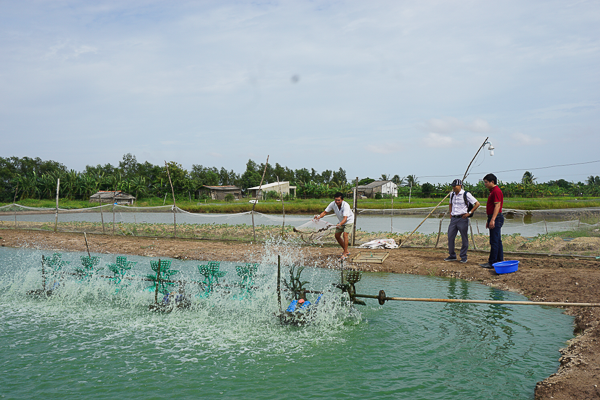






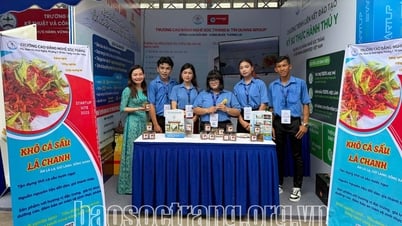
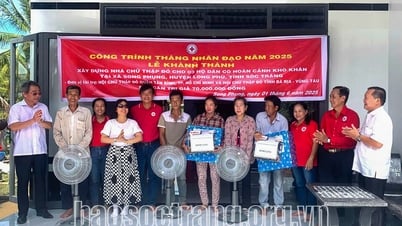



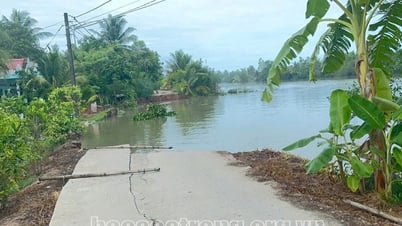




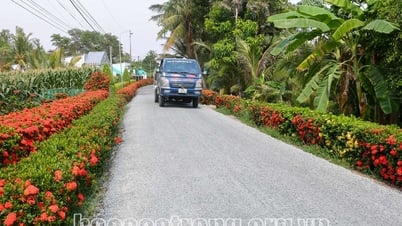
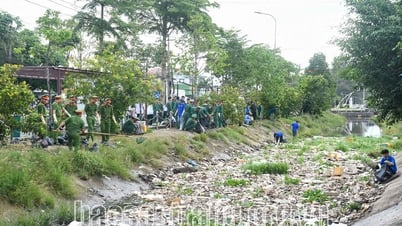

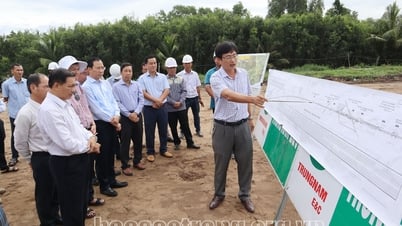
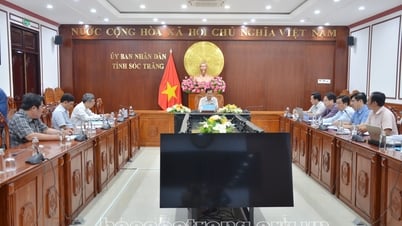
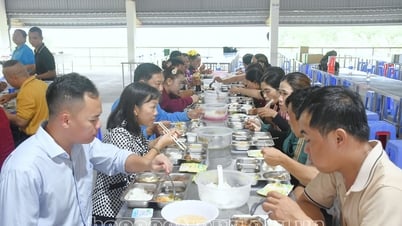







































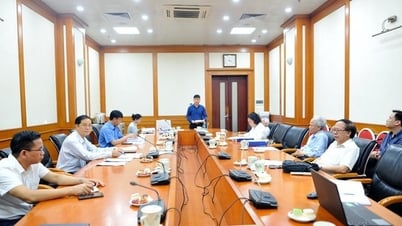








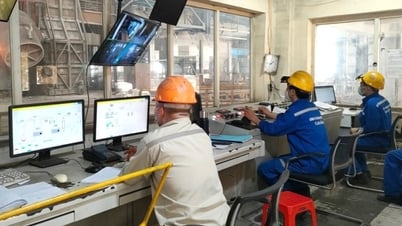

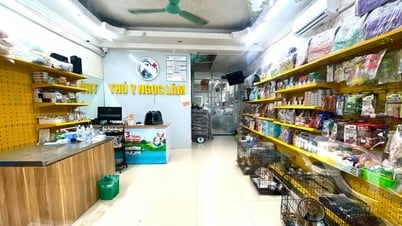


















Comment (0)